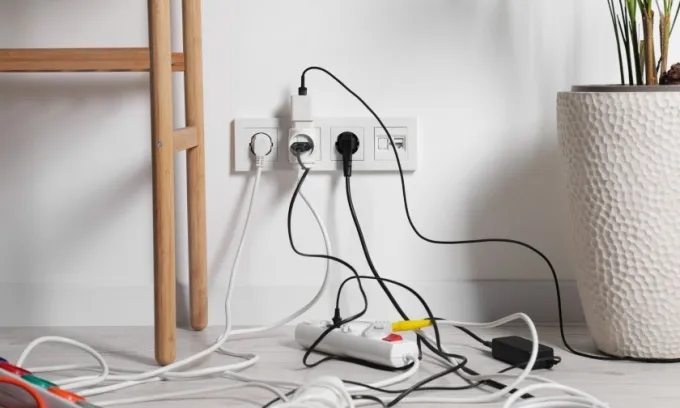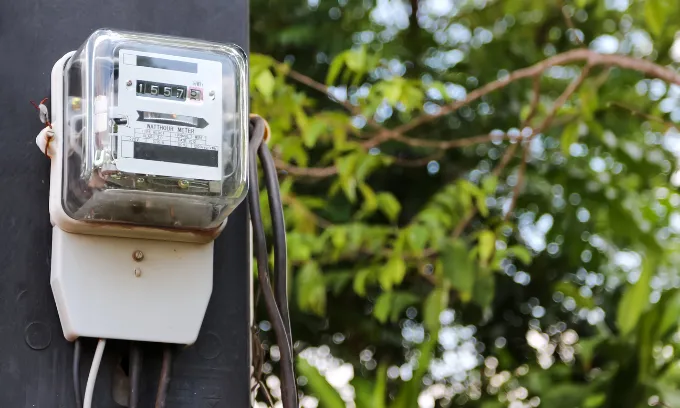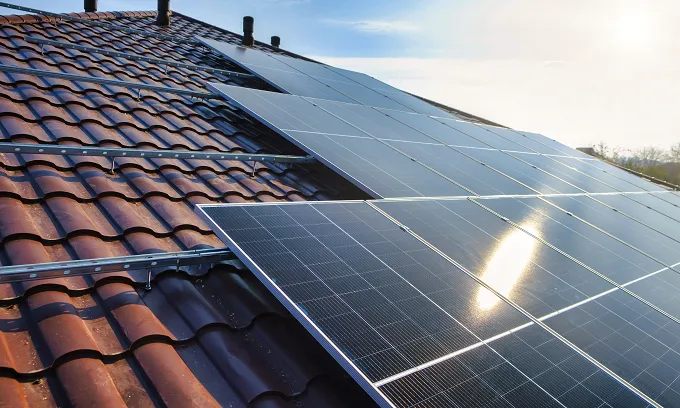Vampire appliances. They’re the devices, gadgets, or tools that suck up power even when they’re not being used, ghoulishly adding to your electricity bill despite you not even doing a thing.
While these fiendish devices have been known to lurk around homes and scare up electricity bills, there is good news. Thanks to technological developments and the increased efficiency of our devices, the actual cost of these appliances is slowly but surely becoming much less scary.
What is a vampire appliance?
A ‘vampire appliance’ (or standby appliance) is a device or appliance that doesn’t completely turn off when it’s not in use. Instead, it enters what’s called ‘standby mode’ or ‘passive standby’.
Do vampire appliances on standby use electricity
Because these ‘vampires’ never fully turn off, they continue to use electricity, or as some describe it, use ‘phantom power’ or 'standby electricity'.
For example, a microwave that is switched on at the wall showing the time is considered in ‘standby mode’. Or a smart TV that might be turned off by the remote, but is ready and listening to receive instructions, is also, quite literally, standing by for use.
How much electricity do vampire appliances use?
Until very recently, vampire appliances were estimated to be using up to 10% of a home’s electricity. However, thanks to more efficient technology, which has reduced the energy used in ‘standby mode’, these vampires are now likely using an estimated 3% of a home’s total energy use.
For example, 20 years ago, a microwave was estimated to use 4 watts per hour on standby. Now, it will use just one watt, which is 75% less. This is the case for a variety of other appliances, too.
As always, the total energy use of vampire appliances will vary across households, as each one will have a different number of people, devices, and usage rates.
How much energy do vampire appliances cost?
Vampires might be in fashion over Halloween, but paying for energy that you didn’t actually use sucks all year round.
While new and efficient technology has eliminated some of the scare, it hasn’t removed it completely. It always helps to check what you can unplug, and consider switching to a cheaper rate if you really want to take the fright out of your energy bills.
Using a list of typical devices or appliances that are kept in standby mode at home, and an average electricity rate of 32.8c/kWh, our research shows the total cost of vampire appliances would amount to roughly $0.14 per day, or $41 per year.
Note: these costs don’t take into account the energy used when the appliances are on - only in standby mode.
Estimated cost of ‘vampire appliances’ | |||||
|---|---|---|---|---|---|
Appliance | Est. watts per hour | Hourly cost | Hours on standby | Cost | |
Daily | Yearly | ||||
Smart TV | 4.4 | $0.0014 | 20 | $0.0288 | $10.5247 |
Microwave | 1 | $0.0003 | 23 | $0.0075 | $2.7508 |
Games console | 3.6 | $0.0012 | 22 | $0.0260 | $9.4722 |
Computer monitor | 0.5 | $0.0002 | 16 | $0.0026 | $0.9568 |
Washing machine | 0.5 | $0.0002 | 22 | $0.0036 | $1.3156 |
Air conditioner | 2 | $0.0007 | 20 | $0.0131 | $4.7839 |
Laptop | 2 | $0.0007 | 16 | $0.0105 | $3.8271 |
Printer | 2.5 | $0.0008 | 24 | $0.0197 | $7.1759 |
Toothbrush charger | 1 | $0.0003 | 24 | $0.0079 | $2.8704 |
Smart speaker | 2 | $0.0007 | 24 | $0.0157 | $5.7407 |
$0.14 | $49 | ||||
Source: Canstar. Electricity usage rate of 32.8c/kWh used. Does not account for the cost of appliances or devices during use.
What can I do to reduce the cost of vampire appliances?
While many households rely on devices like smart speakers, which would be hard to keep plugging and unplugging, there are ways to try and reduce the ‘vampires’ that could be around your home:
- Try to make a habit of unplugging any appliances when you’re finished using them
- Consider purchasing a powerboard that can switch individual plugs on and off as needed.
- It can also help to create a routine where every night before bed, you walk through your home to unplug any devices that aren’t needed until morning.
Reducing the cost of vampire appliances can also be done by ensuring you’re not paying too much for your electricity usage.
Your electricity bill is made up of your supply cost (which is charged per day) and the usage cost, which is charged per kilowatt-hour of usage. The lower your usage cost will typically mean the lower your bill.
For example, the estimated costs for vampire appliances were calculated with a usage rate of 32.8c/kWh. If we were to drop that to 27.2c/kWh, the total cost drops to $0.11c per day, and $41 per year - a drop of 17%!
Making small changes to your electricity habits could make a big difference, and possibly turn your next energy bill from a trick, to a treat.








